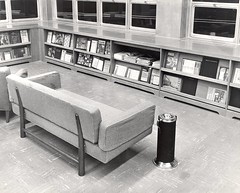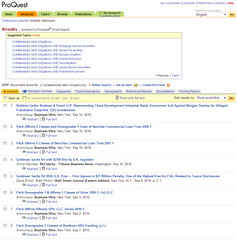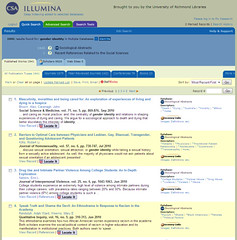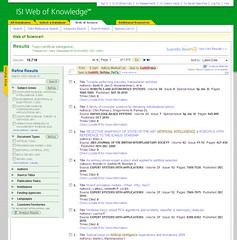I’m not going to gush about how I fell in love with the device, because I didn’t.
My library (as in, the library where I work) has the good fortune of being blessed with both funds and leadership that allow us to experiment with some emerging technologies. When Amazon released the first version of the Kindle, we purchased one to experiment with. It was simply the latest in a long history of ebook readers that we had hoped to be able to incorporate into the library’s function on campus.
I took a turn at using the Kindle, and I was mightily unimpressed. The interface seemed very clunky, to the point of preventing me from getting into the book I tried to read. When the Kindle 2 was released and we received permission to purchase one, I was skeptical that it would be any better, but I still signed up for my turn at using it.
Last week, I was given the Kindle 2, and since it already had a book on it that I was half-way through reading, I figured I would start there. However, I was not highly motivated to make the time for it. Yesterday afternoon, I took the train up to DC, returning this morning. Four hours round trip, plus the extra time spent waiting at each station, gave me plenty of time to finish my book, so I brought the Kindle 2 with me.
I’m not going to gush about how I fell in love with the device, because I didn’t. However, I finished the book with ease before I arrived in DC, and out of shear boredom I pulled down a copy of another book that was already purchased on our library account. I was pleasantly surprised by how easy it was to go from one book to another without having to lug along several selections from my library “just in case” I ran out of something to read.
Right now, I’m at least a third of the way in on the second book, and I plan to finish reading it on the Kindle 2.
I don’t think I’ll end up buying one anytime soon, particularly since I’ve put a stop to buying new books until I’ve read more of the ones I own. However, I have a better understanding of those Kindle enthusiasts who rave about having their entire library (and more) at their fingertips. It’s pretty handy if you’re someone who often has time to kill away from your library.







